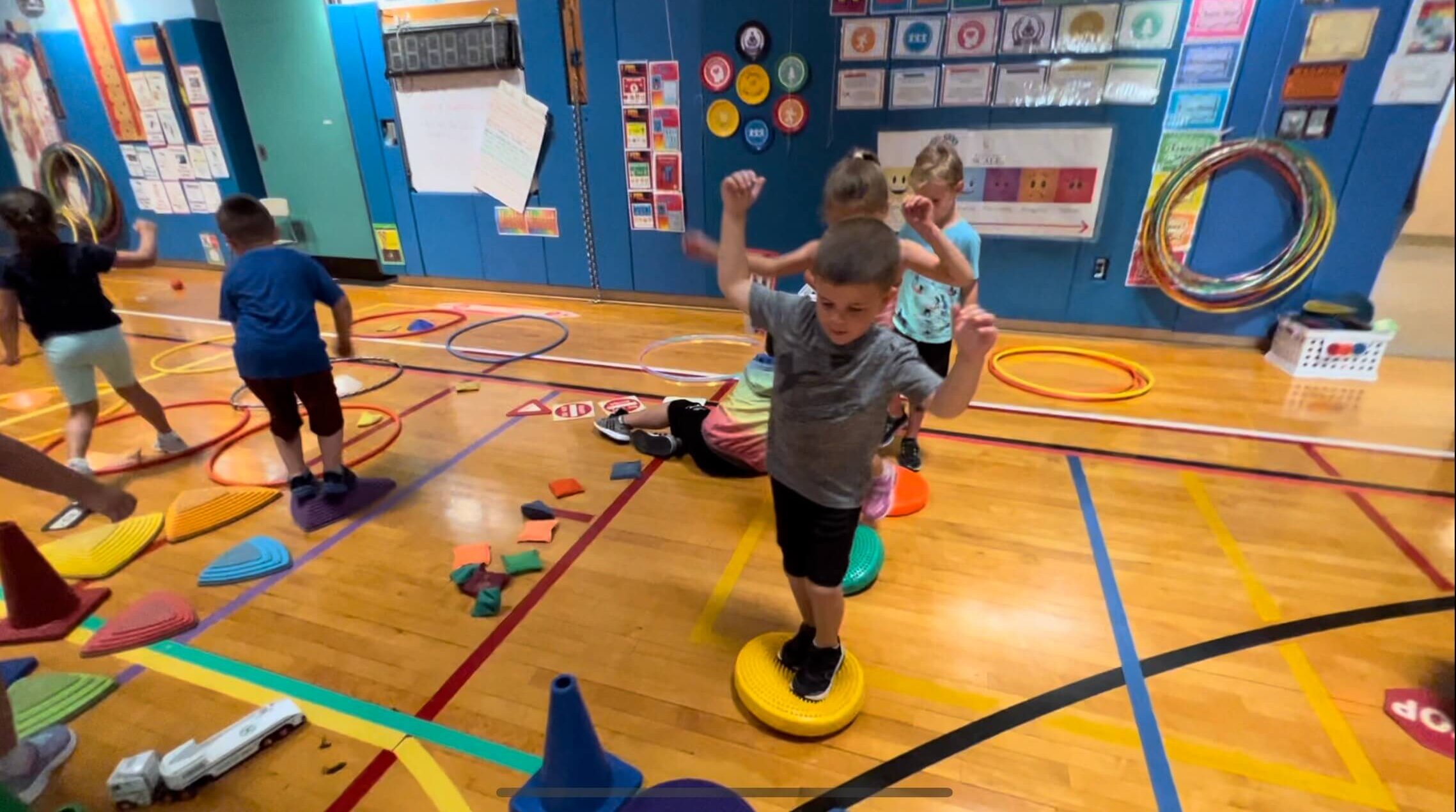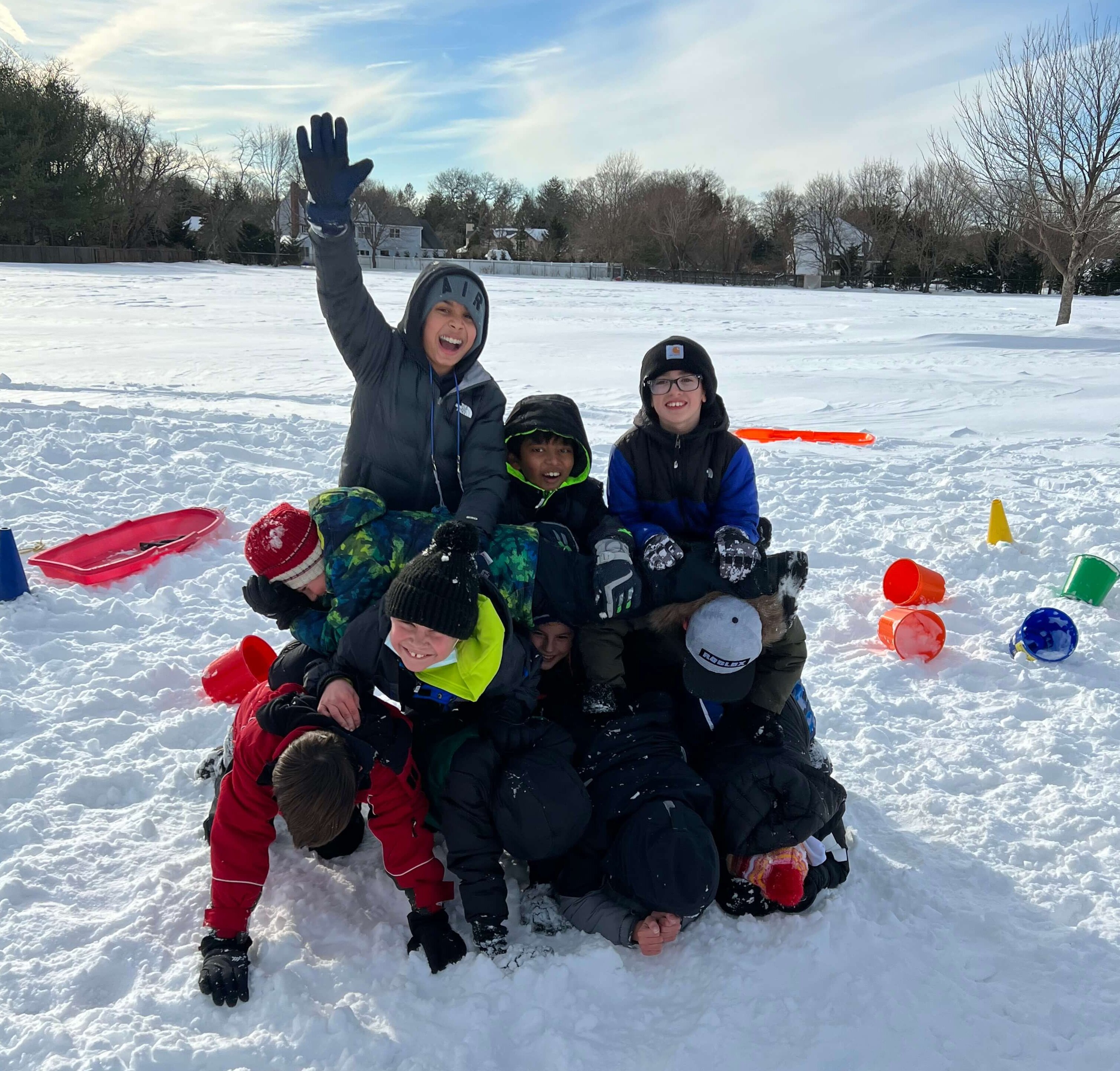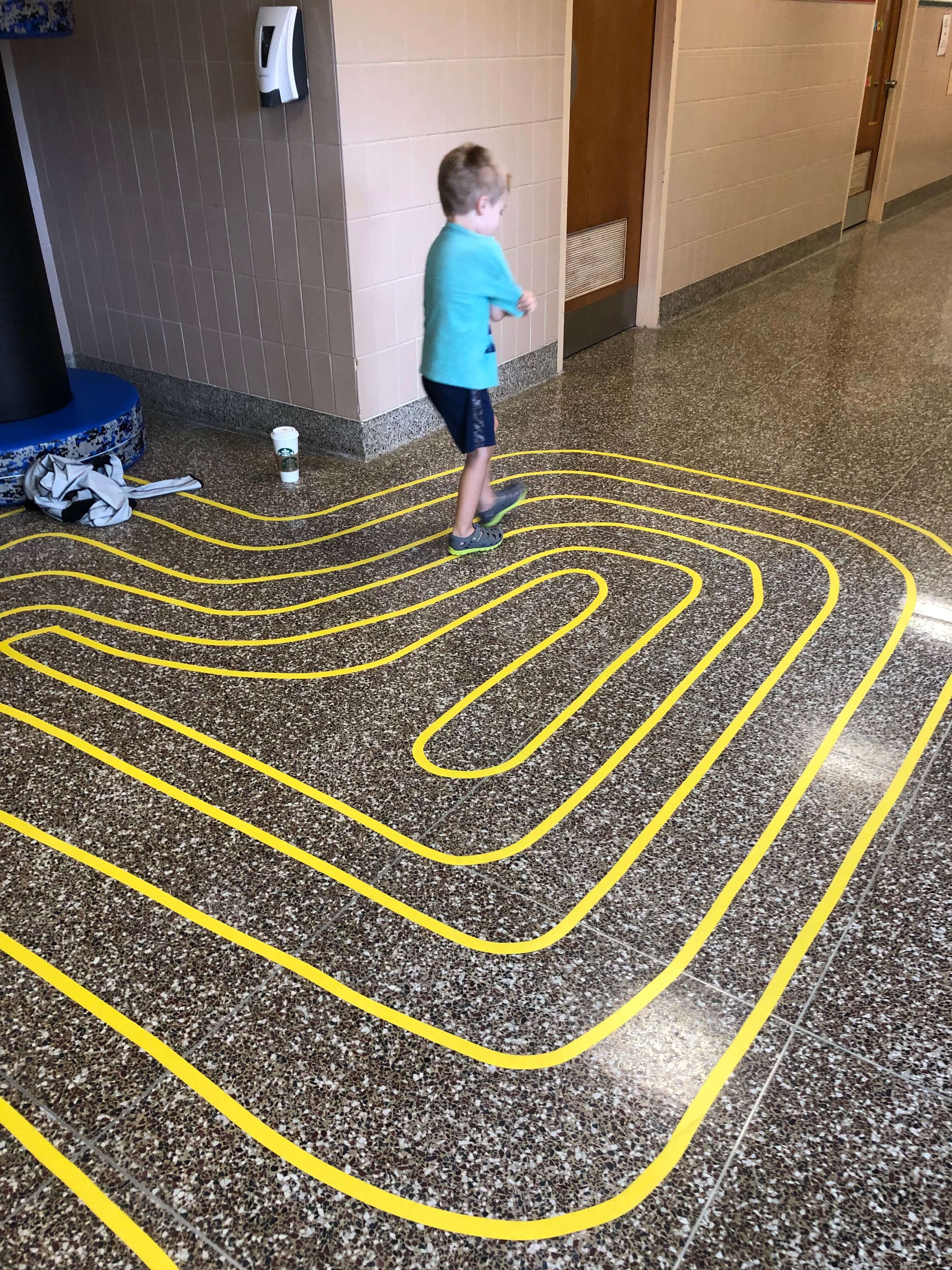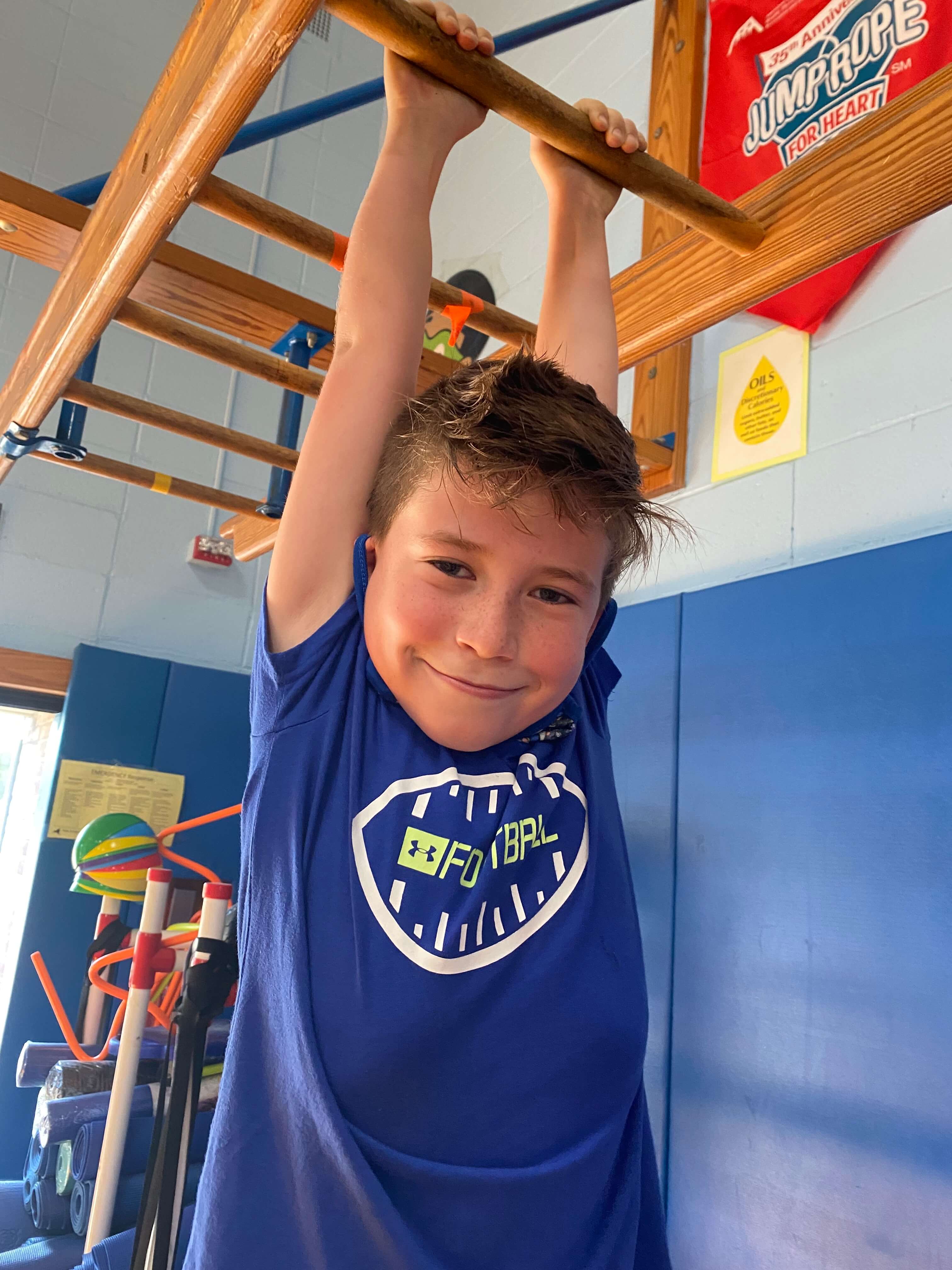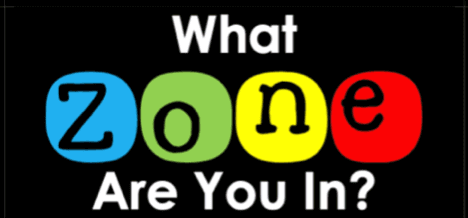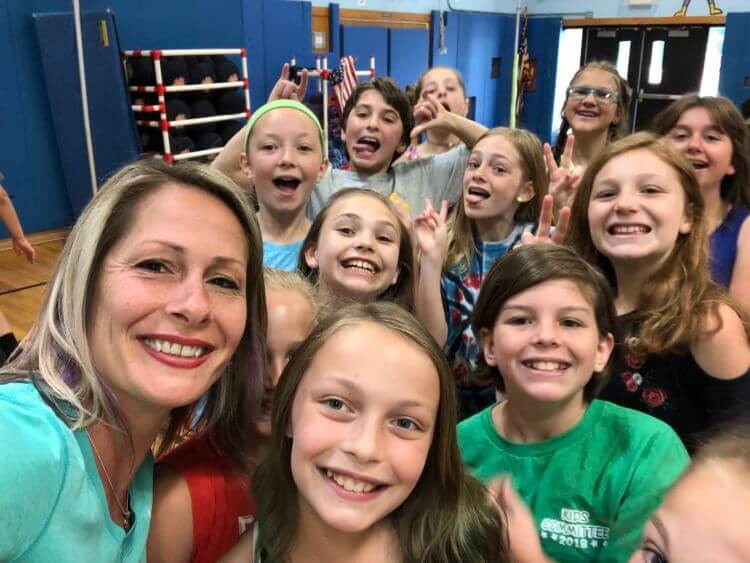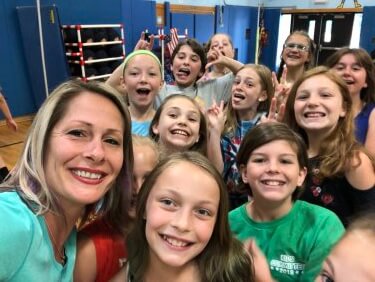Each school year, I teach a unit called “Abilities Awareness.” Making students aware of each other’s different abilities helps us become better citizens and leads to a more positive and inclusive school climate. This awareness leads to empathy and a deeper understanding of our peers’ individual learning needs resulting in the sense of belonging, community, and value in our school community. This unit is also an opportunity to address misconceptions surrounding different disabilities. In the words of Winston Churchill, “Diversity is the one true thing we all have in common. Celebrate it every day.”
Sight Reading Braille
This year, I wanted to introduce my students to the basics of the Braille alphabet. First, my student teacher, Tyler Villez, and I gave the student’s background information on Louis Braille and how he invented a form of written language for people with vision impairments, called Braille. We explained to them that Braille was a written language in which characters are represented by patterns of raised dots felt with the fingertips. Our students learned that Braille, as well as enlarged print and audio, was how vision-impaired students accessed instructional materials in school.
We first taught our students how to read the Braille alphabet by sight through a fun Braille scavenger hunt game. The “Fitness Braille Alphabet” posters I used in the game can be found here. https://www.teacherspayteachers.com/Product/Braille-Alphabet-Fitness-9261345. We placed all 26 Braille alphabet posters on cones and scattered them around the gym.

